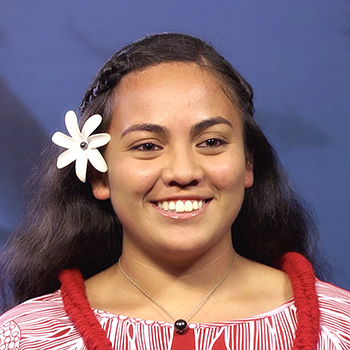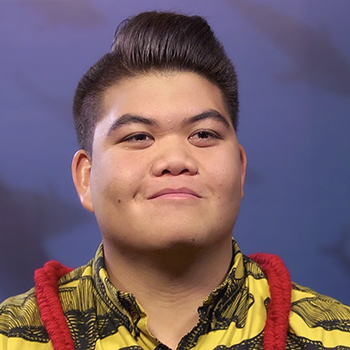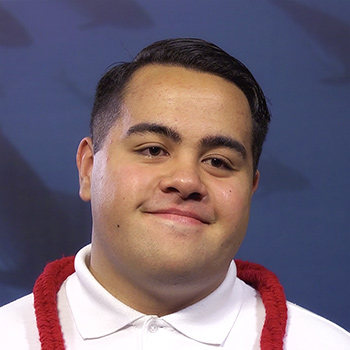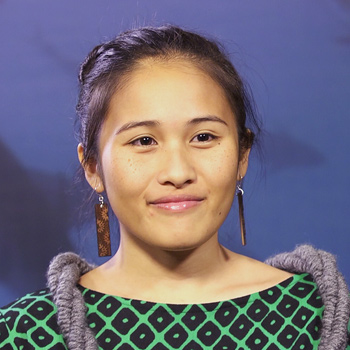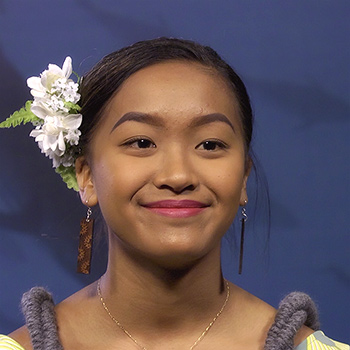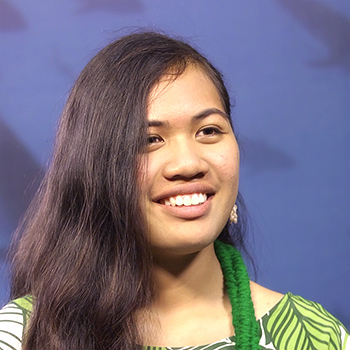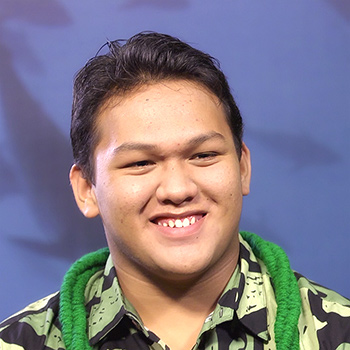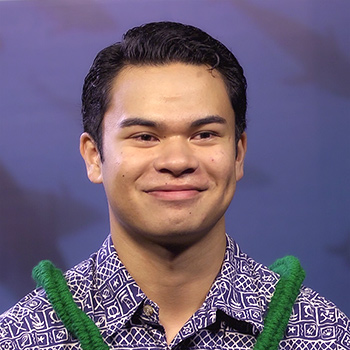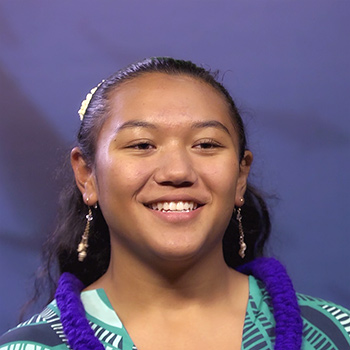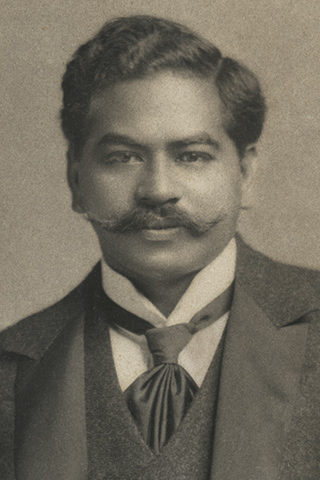
“‘O ka ho‘olōkahi ‘ana iā kākou, ka lohe ‘ana aku i nā mana‘o ho‘ākāka o kekahi po‘e o kākou no nā mea e pono ai kēia lāhui, he mea ‘ano nui loa ia ma ke ola lāhui ‘ana; a iā kākou e ‘ākoakoa mau mai ai ma nā pā‘ina o kēia ‘ano, ma laila kākou e ho‘okama‘āina pono ai kekahi me kekahi, ma laila e lohe ai i nā mana‘o e pono ai ka ho‘okō ‘ia aku, a e ‘ike ‘ia a‘e ai kākou he lāhui.”
“Unifying ourselves — listening to each other talk about things that will benefit us as a people — is very important for the perpetuation of the lāhui; by gathering regularly at meals of this sort, we will become familiar with one another, we will hear ideas that should be carried out, and we will be seen as a lāhui.”
— Prince Kalaniana‘ole, 1918
2018 marks the centennial of The Hawaiian Civic Club, established by Prince Jonah Kūhiō Kalaniana‘ole in December 1918.
Just a few weeks prior, members of the ‘Ahahui Pu‘uhonua O Nā Hawai‘i gathered for a luncheon meeting at the invitation of their ‘ahahui president, Prince Kalaniana‘ole. His plan was simple — bring Hawaiian leaders together so they could meet face to face, share food, and talk about the needs of their people. By standing shoulder to shoulder and working together, instead of in isolation, he believed they could create a strong, unifying movement that would uplift their lāhui. Before the meeting was adjourned, it was decided that a constitution would be drafted for a new ‘ahahui.
The Hawaiian Civic Club’s founding goals were to restore the social, intellectual, and economic status of all Hawaiians and to increase pride in race heritage. For the first year, club membership was limited to Hawaiian men who were assessed an annual fee of $3. Lunakānāwai Ka‘apuni (circuit judge) William Ha‘eha‘e Heen served as the club’s first pelekikena (president), and Kawaiaha‘o Church’s newly appointed kahu, Reverend Akaiko Akana, was named hope pelekikena (vice president).
At the time the Club was established, Prince Kalaniana‘ole was in his eighth two-year term in the United States Congress as Hawai‘i’s Territorial Representative. On his visits home from Washington, D.C. each year, he witnessed increased poverty among his people, many of whom had taken up residence in tenement housing in Honolulu and in larger neighbor island towns. He identified a need for Hawaiians to return to their ‘āina to resume traditional practices of mahi‘ai and lawai‘a and believed that with proper training, Hawaiians would greatly benefit from becoming business owners. In 1921 — a year before the Prince’s passing — the long-awaited Hawaiian rehabilitation initiative was codified as the Hawaiian Homes Commission Act. This, too, was a result of the tenacity of the ‘Ahahui Pu‘uhonua O Nā Hawai‘i and the Hawaiian Civic Club.
In the late 1920s, the Club began chartering new ‘Ahahui Sivila Hawai‘i throughout the islands, inspiring a renaming of the original “Mother Club,” to be thenceforth known as the Hawaiian Civic Club of Honolulu. Today, the Association of Hawaiian Civic Clubs constitutes a confederation of 58 clubs representing five councils: Moku o Keawe (Hawai‘i), Nā Hono A‘o Pi‘ilani (Maui), Ke One O Kākuhihewa (O‘ahu), Moku O Manokalanipō (Kaua‘i) and Nā Lei Makalapua (Continental U.S.). Annual conventions of the AHCC bring hundreds of delegates together to discuss and adopt resolutions that speak to the wellbeing of Hawaiians and the pae ‘āina of Hawai‘i. A number of these resolutions make their way to the Hawai‘i State Legislature and are often passed into law. Through it all, Prince Kalaniana‘ole’s founding goals remain central to the work of the AHCC, with many clubs providing post-high scholarships to Hawaiian learners each year.
As music is a cornerstone of Hawaiian cultural expression, each club selects their club mele along with a club flower, color and motto. Over the years, the ‘Aha Mele at civic club conventions have ranged from formal Hawaiian choral competitions to informal kani ka pila. This year’s choral competition brings the entire high school student body of Nā Kula ‘o Kamehameha ma Kapālama together in song to feature the mele ‘ahahui of 10 Hawaiian Civic Clubs.
E ho‘olohe a ho‘onanea mai!


